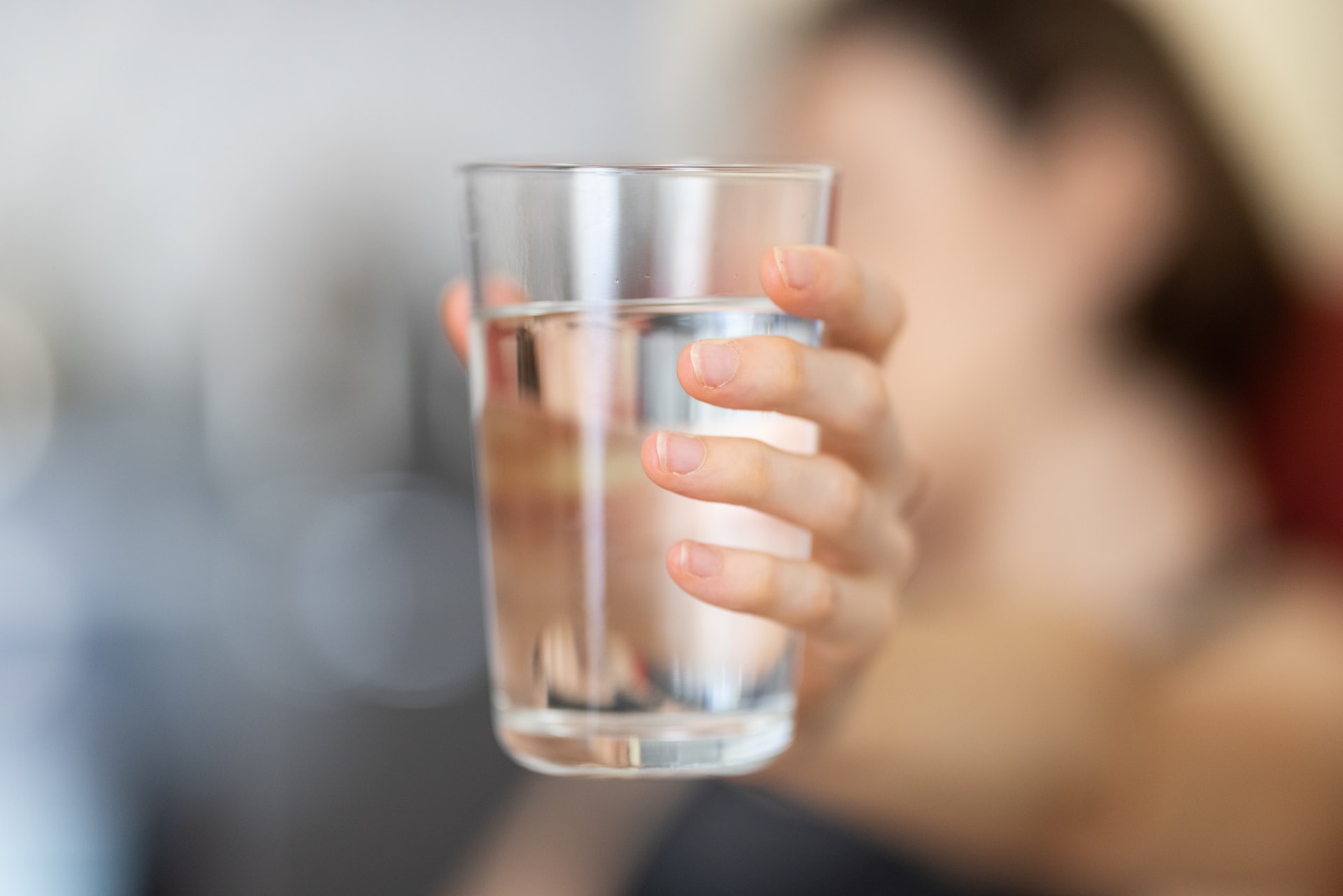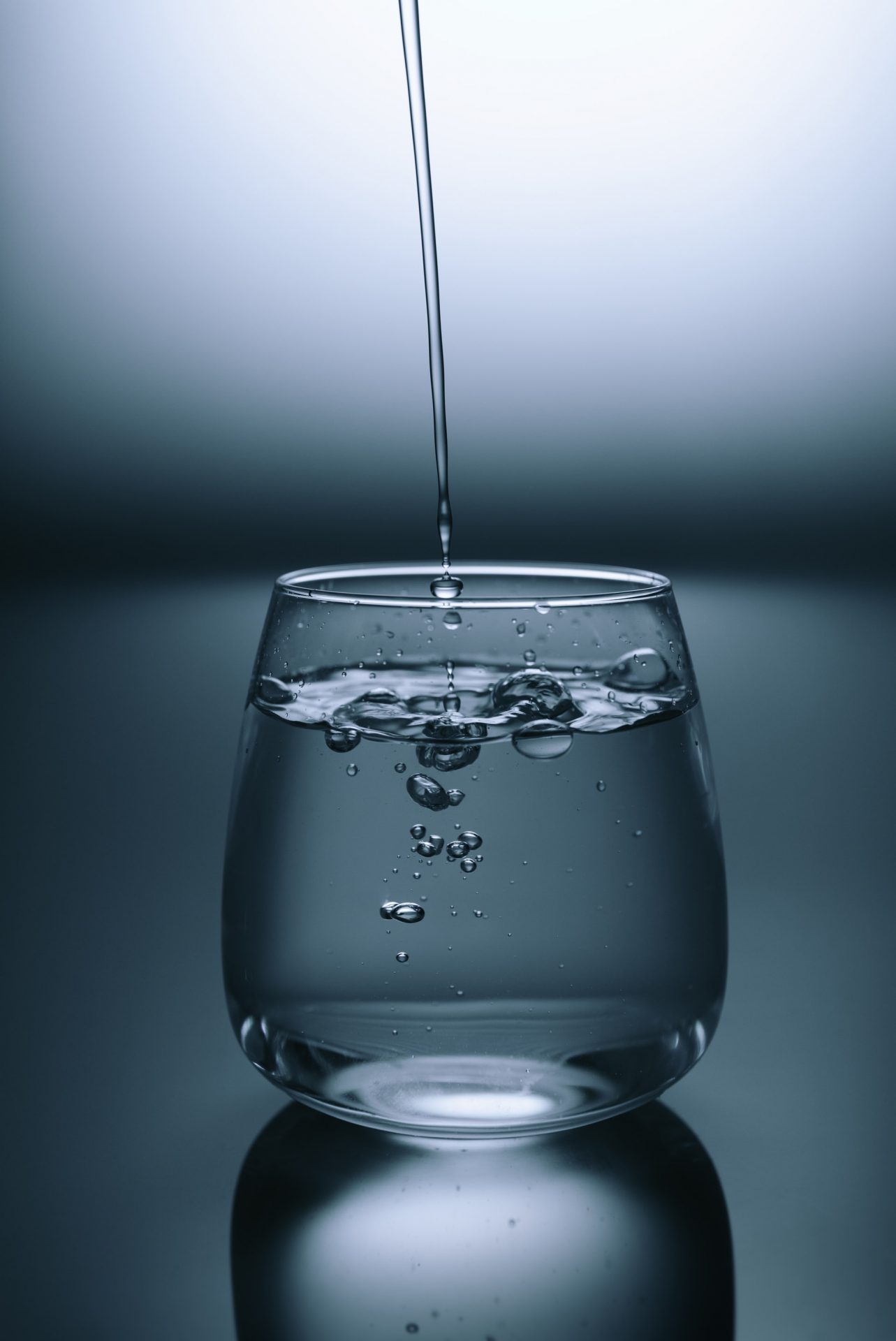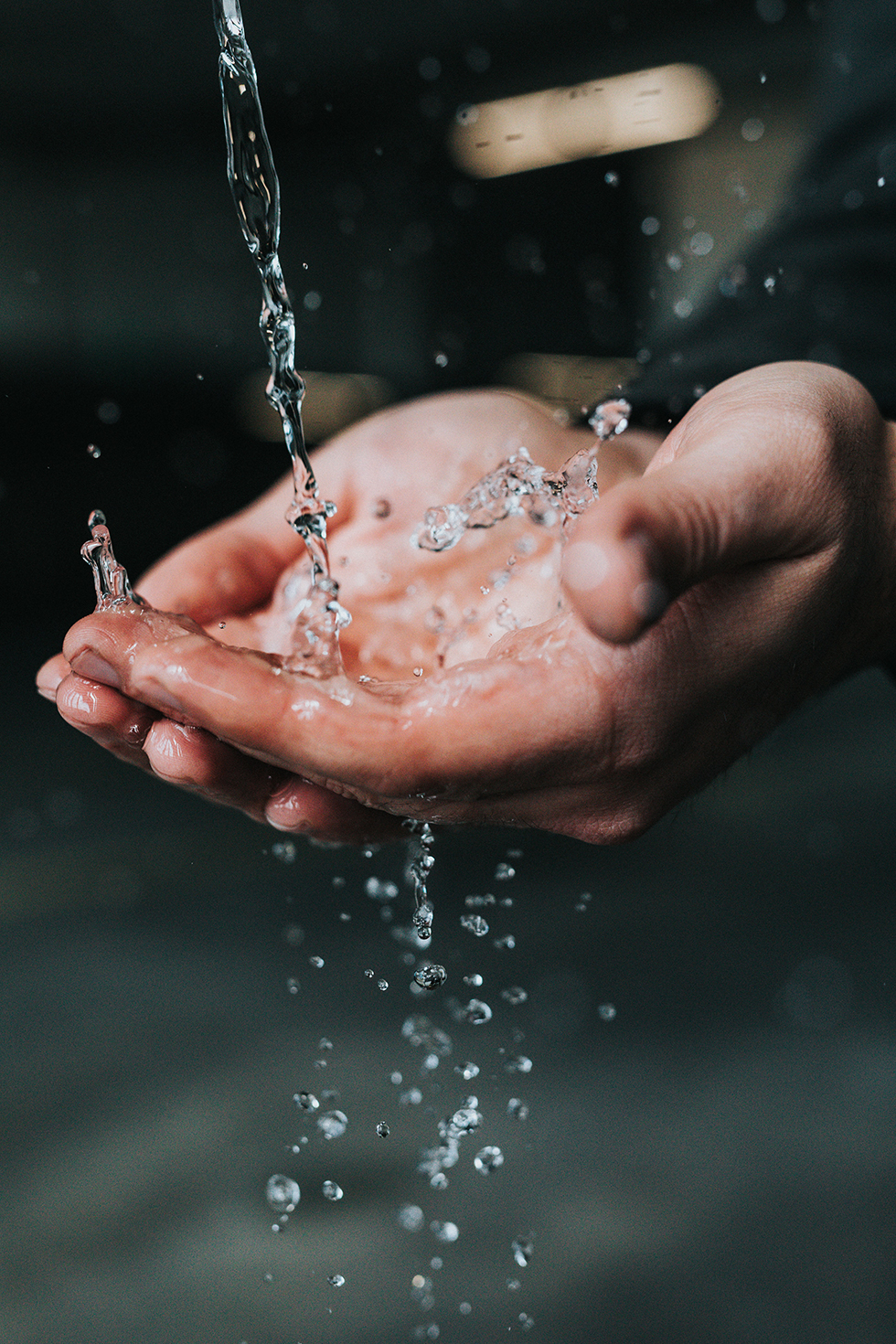BLOG | Bluephage
To focus on water reuse as a strategy for the planet’s sustainability, guaranteeing its healthiness for human consumption

All water is recycled and reused as part of the hydrologic cycle.
Manufactured water recycling, also known as water reclamation or water reuse, focuses on treating wastewater.
Treated wastewater is filtered to remove solids and other impurities and disinfected in a water treatment plant. This water comes from a variety of sources, including domestic wastewater, industrial wastewater, and stormwater. Therefore, its quality will depend on its origin and the level of treatment.
Compared to drinking water, reclaimed water usually contains more dissolved salts and nutrients, which currently limits its use to sustainable landscape irrigation or groundwater recharge.
According to the World Health Organization, these are the main reasons for reusing municipal wastewater:
- Increasing water scarcity and water stress,
- Increasing population and related food security problems,
- Increasing environmental pollution from inadequate wastewater disposal
- The growing recognition of the resource value of wastewater, excreta, and greywater.
Water reuse is imperative in the face of unstoppable global population growth, saving on freshwater use, reducing environmental pollution, and improving the carbon footprint.

There are many treatment requirements to bring water from a particular source up to the quality needed to ensure public health, environmental protection, or specific user needs. For uses where there is increased human exposure, water may require additional treatment.
Since May 25, 2020, there has been an EU regulation on minimum requirements for water reuse for irrigation purposes that will apply from June 26, 2023. In addition, water quality parameters include coliphages, the new viral indicator that warns of pathogenic viruses in water.

Fecal bacteria have been used for more than a century as indicators of fecal contamination of water. In addition, to reinforce water safety, coliphage monitoring has been introduced in regulations or guidelines concerning water quality and management for different uses in recent years.
According to the WHO guidelines on unplanned reuse of drinking water, which refers to the long-standing and common practice of producing drinking water from water sources affected by wastewater discharges, it is advisable to monitor the presence of coliphages to ensure water is free of water pathogens causing the main waterborne diseases.
According to the European Union, the minimum quality requirements for water reuse in agricultural irrigation and aquifer recharge require controlling total coliphages, specific coliphages, and somatic coliphage viruses.
In general, viruses are more resistant to environmental conditions and treatment technologies than bacteria. Therefore, due to the limitations of bacterial indicators, two groups of bacteriophages infecting E. coli, somatic coliphages, and F-specific coliphages, are proposed to be used as viral indicators of pathogenic viruses.
Regulatory authorities in different parts of the world consider coliphages as viral indicators concerning reclaimed water:
Australian Guidelines for Water Recycling: Managing Health and Environmental Risks (Phase 1), 2006
Interim NSW Guidelines for Management of Private Recycled Water Schemes, 2007
Read more about international regulations on different types of water



Trackbacks/Pingbacks